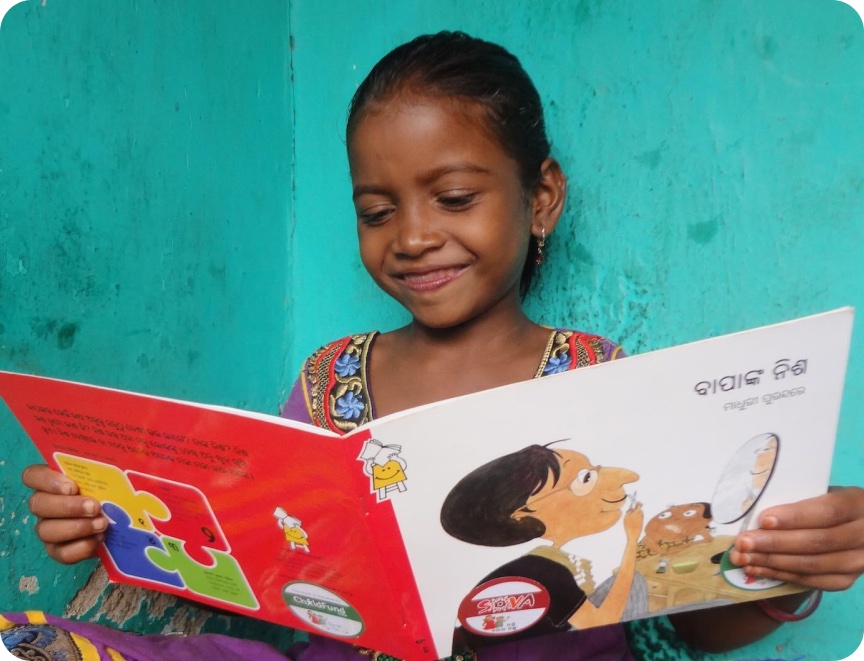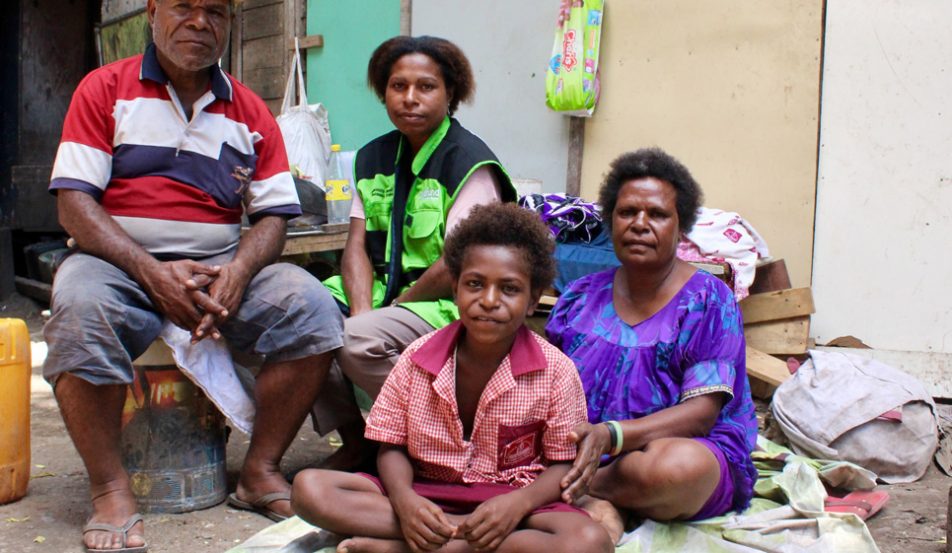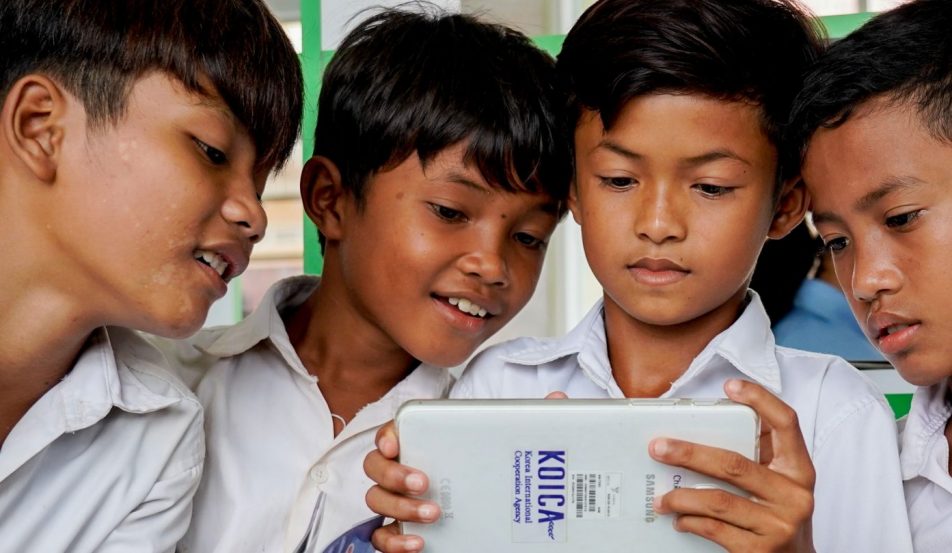How does poverty impact child development
Think back to your childhood. Were your parents, family and teachers invested in ensuring you grew up to reach your full potential? This support is essential for children to develop into adults who are healthy, educated, and have the necessary social skills and learned behaviours to enable them to contribute to and participate in society.
Unfortunately, poverty has a devastating effect on a child’s development. The impact can be direct, such as malnutrition and illness, or a lack of access to education.
A life of poverty can put a child’s physical health, social skills, behavioural learning and emotional wellbeing at risk.
If we are going to reduce poverty, it’s important to understand how a childhood of disadvantage can affect a child’s development.
You can also download this blog post as an infographic for reference:

How many children live in poverty in 2024?
Across the world, 333 million children live in extreme poverty, surviving on less than $2.15 per day. That’s about one in every six children globally.
Despite making up only one-third of the global population, children make up half of those living in extreme poverty. And the consequences of child poverty are grave. Children who grow up in poverty are twice as likely to die in childhood than other children, often lack access to nutritious food or clean water, and might be forced to drop out of education.
Child poverty is avoidable, and we can build a world where every child grows up healthy, educated and protected from harm. By addressing the root causes of poverty and implementing programs, ChildFund helps ensure that future generations will have better opportunities and fewer children will suffer from the debilitating effects of poverty. By donating to ChildFund’s programs, you can make sure children are not robbed of their childhood because they are living in poverty.
You can find out more about the causes of poverty here. Now let’s look at how poverty can affect child development.
What is child development?
Child development is the sequential process of physical, social, behavioural and emotional changes or learnings that enable a child to become a healthy adult.
A child’s development is informed by their environment and experiences, particularly at ages 0-5. During this period, the brain develops the most and the fastest than at any other stage in life. As children develop, they’ll learn:
- Fine motor skills
- Gross motor skills
- Phonological awareness
- Play and social skills
- Self-care and organisation
- Sensory processing
- Speech sounds
- Language
- Written communication
Now let’s look at how poverty can affect these processes, and act as an obstacle to children learning the skills they need to become healthy adults.
Poverty can affect a child’s health

Growing up in poverty increases the likelihood that children will have poor health.
Physical health
In many rural communities families survive on low incomes, which means it can be more difficult to ensure their children have optimal physical health. This can be impacted by:
- Malnutrition: In large families or areas affected by drought, children may not have enough to eat, which stunts growth and suppresses the immune system.
- Preventable diseases: Not all cultures value vaccinations in the same way we do, which means children overseas may not be vaccinated against preventable diseases.
- Low brain function: Malnourished and exhausted children aren’t able to actively participate in their education, which may lead to poor performance and force them to leave school.
Children without a proper education can often be forced to work as unskilled and manual labourers, usually in agriculture, mining, or manufacturing. These jobs are physically intensive, low paid, and many children aren’t old enough to handle working in such tough industries. They are at a higher risk of injury and exploitation by their employers.
Mental and emotional health
Children who grow up in poverty are at greater risk of developing psychological problems in childhood and adulthood. This is because young children learn about themselves and the world around them by growing up in a safe and carefree environment. Lack of play can impact child development as during play, children explore, observe, experiment and solve problems.
Many children living in developing communities have little time for play and recreation. Children need toys, books, and safe indoor and outdoor space to make the most of their play. Outdoor play also exposes a child to nature, which helps inspire their creativity, and develop a stronger immune system.
Children need the opportunity to play alone and in groups to build their social skills. During group play, a child acquires additional speech sounds and organisational skills from the other children in the group.
Young people in disadvantaged communities carry the burden of far less enjoyable, and far less carefree, extracurricular activities – from daily water collection on foot, to working on the family farm, to caring for siblings and undertaking household jobs while parents are at work. This lack of time presents a huge obstacle to play and free time.
A child’s environment can also affect their mental and emotional health. If parents are stressed because of debt, low income or poor quality housing, their children are more likely to become stressed or anxious, affecting the child’s wellbeing.
Child Poverty can impact a child’s education

Education is vital to a happy and healthy childhood. One of the biggest impacts of poverty on education for children in developing communities is access to a quality education, and the ability to actively pursue an education beyond primary school. For some families the cost of education and school supplies might be too much and consequently, children are forced to stay at home or work themselves.
Chenda* was in grade two when she learned that her family couldn’t afford to keep her in school. She was forced to drop out, and instead spent her days doing chores at home. “After doing housework, I had nothing to do. I was unhappy. I wanted to go to school like other children.”
Without intervention, hundreds of thousands of children are at risk of being shut out of education because of poverty.
ChildFund’s local partner in Cambodia helped Chenda to return to school by paying for her uniform, books and other school supplies.
“I now have a school bag, pen, writing book, pencil, shoes, and school uniform,” Chenda said. “I was very happy the day my grandfather told me the teacher had asked him to send me back.”
With your help today, more children in poverty like Chenda can get the chance to be excited about school – and their future.
How does school contribute to a child’s development?
Attending school regularly helps a child to reach their academic potential, develop life skills and provides an opportunity for social interaction with other children.
Every child’s maximum academic potential will vary, and each will be stronger across different aspects of the curriculum. Academic potential is influenced by:
- Natural talent: Some students will naturally be more suited to particular lessons or classes than others based on the way their brain functions.
- Brain function: Children with low brain function will have reduced thinking capacity, problem-solving ability and information retention. This will impact how effectively they engage with the curriculum.
- School environment: Access to quality educational facilities and supplies is essential for a child to receive a quality education. A school environment should be safe and stimulating.
- Home environment: A stable home is an essential refuge for children. It’s also a quiet place where they can do their homework, read and ask their parents questions about what they’re learning at school.
While not taught directly, school provides an opportunity for children to develop important life skills including:
- Problem solving
- Critical thinking
- Teamwork
- Communication
- Organisation
- Emotional intelligence
- Independence
School also facilitates opportunities for social interaction with other children in a number of ways, such as:
- Play time at recess and lunch
- Group projects
- Sports, music and artistic pursuits
- Cultural festivals and celebrations
How can poverty affect a child’s education?
Poverty can have a detrimental effect on a child’s education. It can prevent the child from accessing quality facilities, or leave them unfit to actively engage with their studies.
Poverty affects children’s education in the following ways:
- Distance: Children living in rural areas might not have a school in their town or village. This means their families need to decide between a long and potentially dangerous journey to school, or their child missing out on an education.
- Quality: Not all schools are equipped with the supplies, facilities or staff to provide the education that children need to help them develop.
- Exclusion: Children might be excluded from school by their parents or community. This can happen due to cultural values surrounding gender, ethnicity, caste and religion.
- Health: Physical, mental and emotional wellbeing are critical for optimum performance in school. Children in poverty often suffer from poor health, and can have difficulty concentrating on their schoolwork, or miss days because of illness
Poverty affects child development, but it doesn’t have to
Poverty deprives millions of children around the world of the opportunity to learn and grow through play and school. This means the affected children miss out on vital learning and development opportunities, but they don’t have to.
Prasak, a 14-year-old boy living in a rural community in Battambang Province in far northwest Cambodia, was at risk of abandoning his education because of the long distance he had to walk to school and the dangers he faced along the way. ChildFund Cambodia is supporting Prasak with a bicycle and helmet so he can travel to school safer and faster, as well as with uniforms and school supplies.
“I’m happy to have the bike because I’m not late to school anymore and I’m not exhausted from walking,” he said.
Donating to ChildFund is an effective way to support vulnerable children like Prasak and Chenda and help them escape the cycle of poverty. Your contributions provide immediate relief and pave the way for sustainable, long-term improvements in their lives and communities. Learn how you can help a child enjoy a happier, healthier childhood by supporting ChildFund. Or help children who have to travel long distances to travel to school by purchasing a bicycle to make this journey a little easier.


































